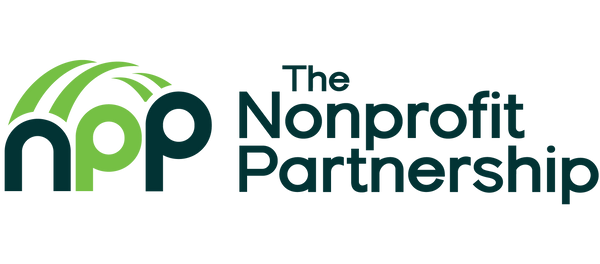
At The Nonprofit Partnership, we advocate for competitive wages for nonprofit staff. Competitive wages are an integral part of attracting and retaining high-quality personnel. And when you have high-quality staff, your organization can better fulfill its mission and achieve the greatest impact. But no matter how much we invest in staff wages, it’s unlikely that the salaries we can offer will ever meet or exceed those available in the for-profit sector.
So what’s the answer? How can we be more competitive? One answer is to emphasize non-salary compensation: be flexible and create a workplace that fosters a healthy life for our employees.
Recently, The Partnership conducted a salary survey that also asked questions about organizations’ policies on paid time off, flex time, and other non-salary benefits and perks in the workplace. We discovered some interesting data and anecdotal information on how organizations are trying to foster healthy, flexible workplaces. These included:
1. When it wasn’t possible to provide regular pay increases to the entire staff, many organizations looked to merit bonuses.
Bonuses are great not only because they’re a way to compensate your employee for going above and beyond, be it by putting in long hours or tackling stretch project, but also because they’re a form of praise as well. Even small bonuses demonstrate your appreciation for your employees. (And bonuses don’t present the same long-term liability for your organization that a raise would.)
2. When some organizations weren’t able to offer a raise or bonus, they offered a paid day off (or two!) that employees could use during a defined period of time.
Perhaps you can offer your employees an extra paid day off that they can use in the month of December or half days on Fridays in the summer.
Much like with bonuses, this type of reward is manageable, doesn’t hamstring the organization by changing the long-term liability of paid time off, and recognizes the importance of work-life balance.
3. Many organizations allowed employees to bring age-appropriate children to work when other care wasn’t available, such as on Columbus Day.
Employees with children often have challenges working around kids’ schedules (snow days, teacher in-service days, etc.) and may have to use their paid time off to accommodate their kids’ needs. This means that their PTO isn’t being used for its intended purpose: to give the employee an opportunity to take a break, unwind, and refocus. Allowing children in the workplace doesn’t have to be a significant distraction if managed appropriately with expectations set ahead of time.
4. Some organizations provided perks that encouraged a fun workplace.
Having a pizza party, bringing in coffee and donuts, or encouraging employees to have lunch together are all easy (and cheap!) ways to foster comradery and a healthy workplace. I know: you don’t have the money. (Actually, chances are you do have the money but choose to use it elsewhere.) I challenge you to make employee morale a priority. Better morale equals more productivity which equals more revenue.
5. Some organizations have created wellness programs that encourage staff to take care of themselves.
Often a short conversation with a health insurance provider will reveal benefits that are available to your organization through the plan you’re already paying for. Even if that doesn’t exist, encouraging employees to take a full lunch period, as opposed to working through it, can help with morale. How about a walking meeting, indoors or outdoors? Science proves that we are more creative and engaged when we are walking. Again, doing these things won’t be a drain on productivity but will actually increase productivity.
The message here is that we should strive to make our workplaces as positive an environment as possible. The workforce of the nonprofit sector is populated with people who want to do good in this world. If you can’t reward them financially at the level of our for-profit peers, leverage your limited resources to make your employees as happy and healthy as possible. What is good for them is good for your organization and ultimately for the mission you serve.
Looking to delve into the 2018 NWPA Nonprofit Salary Survey? Click here to access reports.

